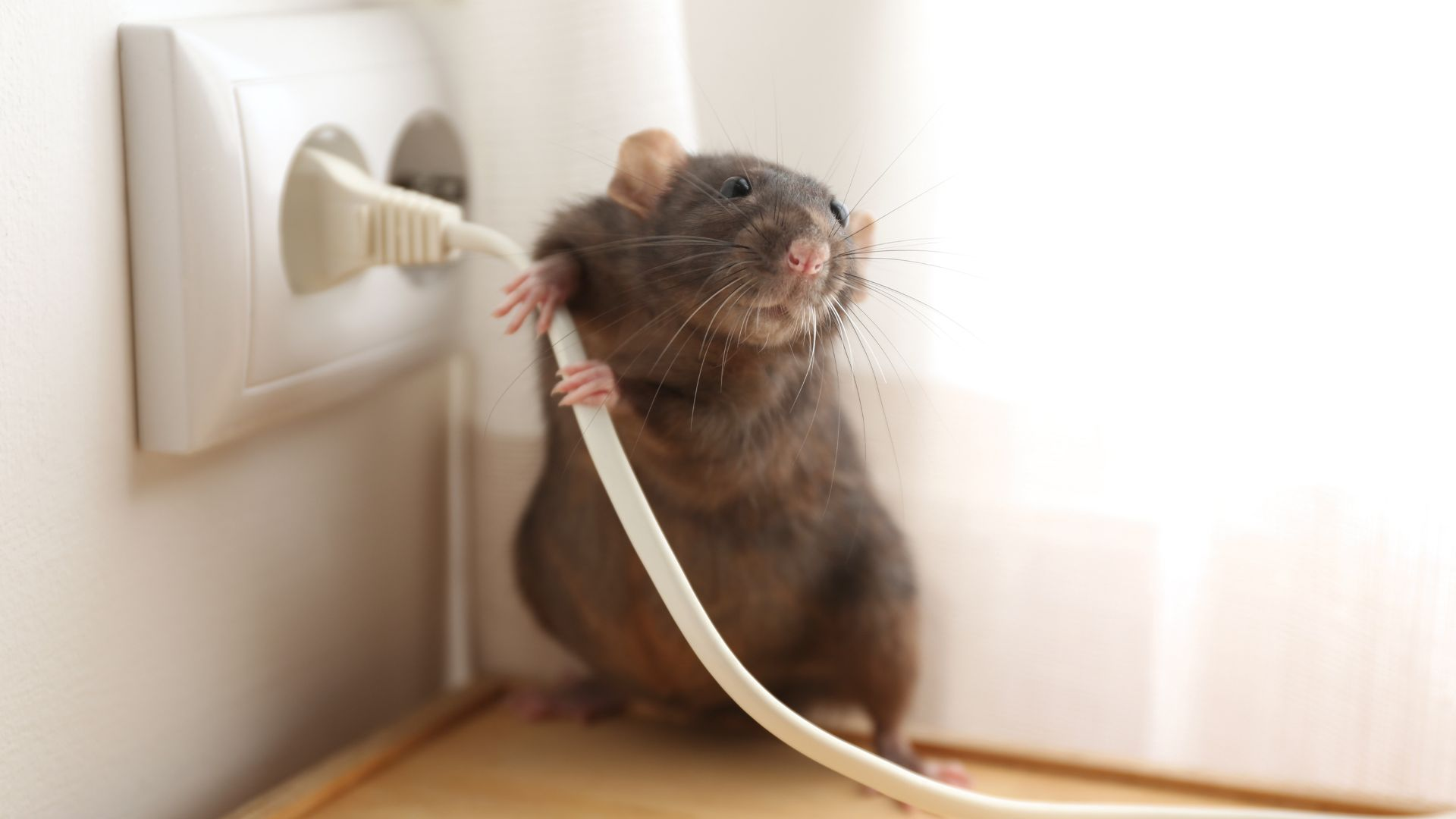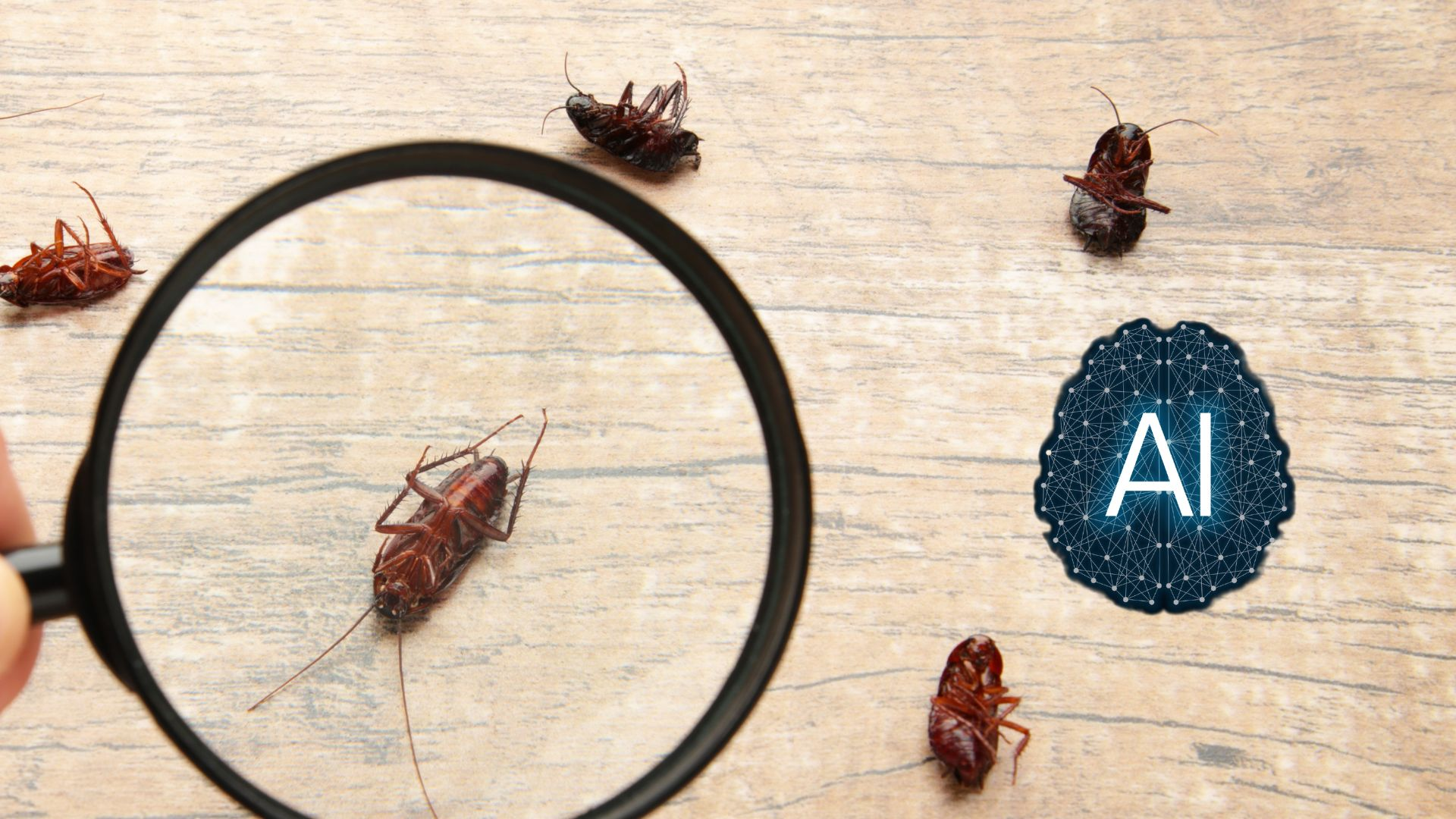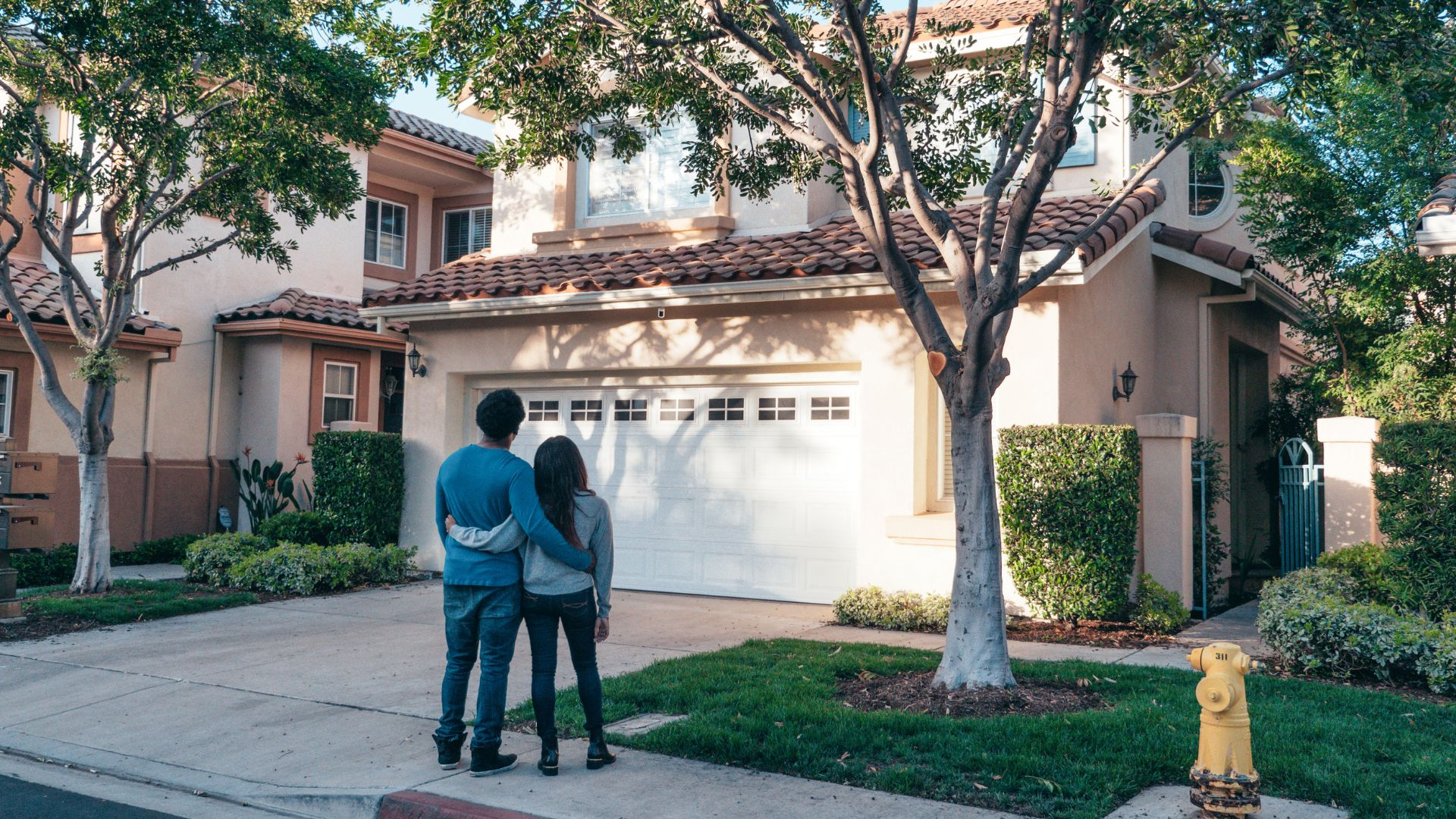
Pest control used to be a cat-and-mouse game—quite literally.
You had your mousetraps, your cats on the prowl, and your exterminators or pest control companies with their not-always-reliable chemical treatments.
But in the age of the Internet of Things, Artificial Intelligence, and smart everything, not even pests can escape the digital revolution.
This blog illuminates the exciting new terrain of pest control methods, the gadgets and devices shaping it, and the thousands of homeowners this pest control equipment now empowers.
It's not just about getting rid of creepy crawlies anymore; it's about doing it smarter, faster, and with a touch of futuristic tech.

Gone are the days when monitoring pests solely meant setting out traps and squinting at infestation patterns on sticky paper.
Now, pest control specialists have access to devices with micro-sensors and tiny cameras to infiltrate the insects' world, letting us peek into their life cycles, habits, and weaknesses.
With IoT, your house might be 'bugged,' but this time, it's to keep you in the loop about potential bugs invading your home.
Recent advances have led to clever bait stations that don't just offer pests a nibble and a trip to a better place, but also report back to you on their basic activity.
Smart bait stations monitor consumption rates and can potentially send notifications when the pest party's getting a little too lively. These are handy for both residential and commercial settings.
Pest control technology has now progressed to the point where it's no longer a guessing game.
Instead, high-tech devices now feed data into pest control software that can predict infestations based on trends and conditions.
It's like having a crystal ball for each possible critter problem.

Advancements in AI are allowing software to not only quickly identify pests but also predict patterns of behavior.
Imagine an app for bugs that tells you what pest is skittering around, the likelihood of a full-blown invasion, and how to identify population levels.
Vast databases are being populated with images of pests, which have been tagged and are ready for AI analysis. Snap a picture, upload it, and there you have it! AI algorithms make an educated guess, refining their algorithms with each input.
Combining environmental data with pest know-how, these models help in forecasting when and where infestations might crop up.
It's all about getting there before the treasure troves of trash seem too good for the pests to pass up.

Could a squadron of drones help create a pest-free environment? These nifty gadgets take precision to new heights, identifying pests and delivering pest control products exactly where they're needed.
Before a drone takes action, it scouts the field, surveying the situation. Armed with precision movement, maneuverability into tough spots, and even thermal imaging technology in some cases, it can then help pest control providers craft the perfect strategy for pest elimination.
Your security system might be smart, but have you met its cousin, the pest security system? Utilizing cameras, motion sensors, and IoT technology, these systems keep pests under watch—24/7, 365.
If pests start becoming a little too attached to your home, these systems could quickly send out alerts. The best part?
These could be directly sent to your phone, keeping you in the loop no matter where you are. Your pest control operation has gone mobile.
With the reams of data on pest populations and behaviors, spotting patterns and trends is a breeze. This isn't just about dealing with individuals; it’s about understanding entire insect infestations.

The precision of AI-and-drone-based solutions is unparalleled.
With the ability to deploy targeted chemical treatments with insect growth regulators for pest infestations and predict potential outbreaks, pest control services are stepping up their efficiency game.
By eliminating the guesswork and hitting pests where it hurts, these new systems are friendlier to your pocket. They help prevent large-scale infestations, which can rack up hefty pest control bills.
These modern methods are also kinder to Mother Nature. Integrated Pest Management (IPM) is on the rise, which means fewer chemicals and smarter, more sustainable approaches to pest control.
Perhaps the biggest draw is the peace of mind. With devices that monitor pests in the background, you don't need to live in fear of a surprise swarm.
Plus, many systems can be managed remotely, so you can leave it to the tech to let you know when there is a pest problem. You can essentially become your own home's pest control business!
It's not one big leap for mankind, but it's certainly a sizable jump ahead for the pest control industry.
With new pest control technologies, homeowners have an innovative upper hand in the yearly battle against pests.
The digital age isn't just reshaping how we live; it's also reshaping the very landscape pests once roamed—the home.
Before you feel like going Rambo and reaching for the fly swatter, remember that the best way to deal with pests is a combination of tech and good sanitation practices.
Maintain a clean environment, seal up those crevices, and keep on top of home maintenance.
Rest easy knowing the pest control experts are out there, keeping a vigilant watch over your home from the irritating invaders.
Take charge of your domain and explore these new frontiers in pest control. The bugs of the world are adapting, and it's time homeowners do too. A pest-free environment has never been easier!
No comments
0 comments